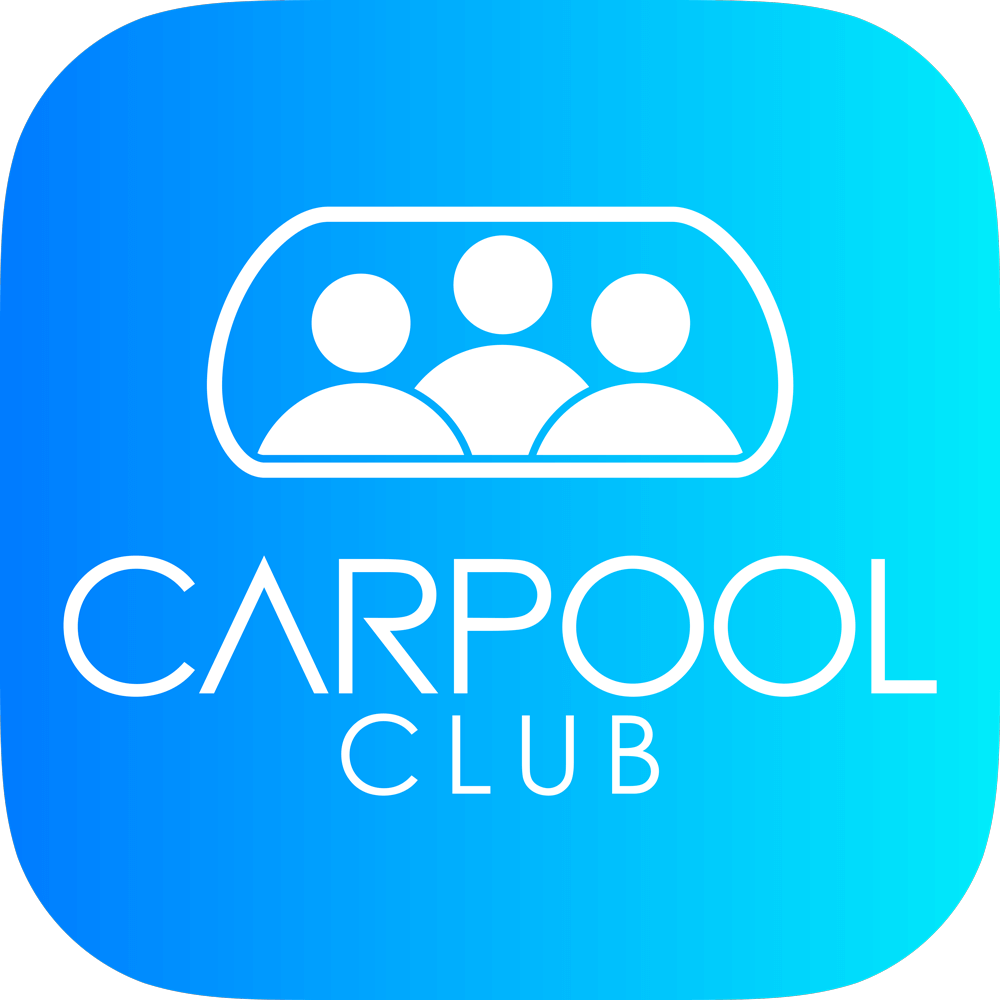
We caught up with Peter Ruz, founder of Carpool Club, to understand how a regularly frustrated motorist found himself launching a start-up to take on Sydney’s traffic problem.
Every motorist in Sydney will attest to how terribly congested Sydney’s roads can get.
During peak hour, journeys that should only take 30 minutes can easily stretch past the 60 minute mark.
Last year, Peter Ruz quit his job so he could commit himself to his solution to ease Sydney’s traffic congestion: Carpool Club.
Carpool Club is an Android / Apple based application for smartphones that allows passengers to carpool with drivers in exchange for tokens (purchased within the app). Drivers can then cash these tokens in or use them to carpool as passengers themselves.
Inspired by Peter’s desire to “have a crack” for our mutual benefit, we asked Peter to spare us some time out of his busy day to talk through the process that led to him developing Carpool Club.
Steve Thomas: Can you tell us the idea behind Carpool Club?
Peter Ruz: The main aim of Carpool Club is to address the situation where 70% of cars during peak hour in Sydney have only one person in them. If we can increase the number of people per car, we can reduce the number of cars on the road which will address congestion and vehicle exhaust pollution. By having a simple and easy way of connecting passengers and drivers heading in the same direction, we can promote carpooling and start taking cars off the road which will make our roads a more satisfying place to be.
How did you get started on the journey that led you towards developing the CarPool app?
I had a corporate job working as a marketing manager in North Ryde. I lived in Penshurst and the commute was a grind – up King Georges Road, through Homebush Bay Drive, Lane Cove Road, Epping Road during peak times was a struggle. I’d leave home at 7am and get to work at 8am or later and I’d be stressed already.
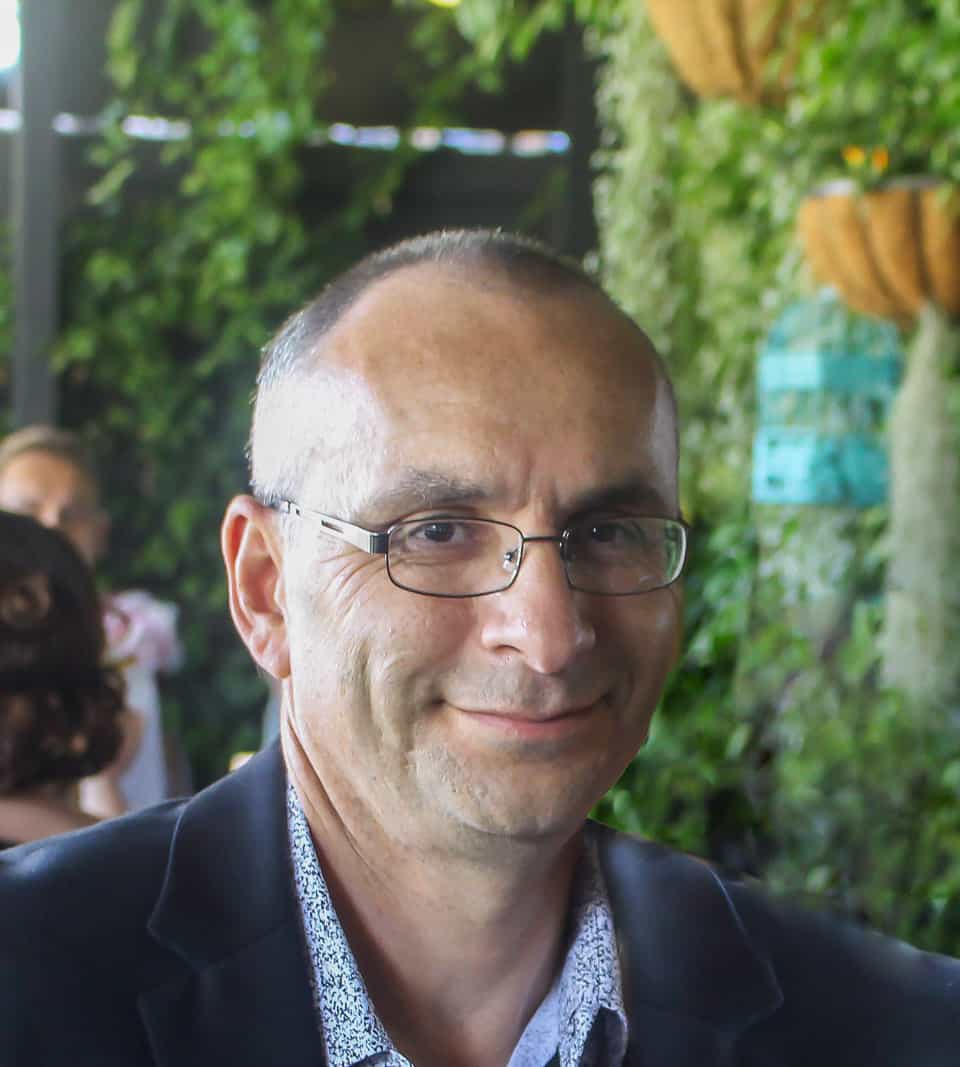
If more cars had more than one person in them, there’d be less cars on the road and we’d start moving.
What I found most disappointing was when I looked around at all the cars stuck in the traffic grid lock with me, most cars had only one person. One day I thought “hang on, this is highly inefficient, if more cars had more than one person in them, they’d be less cars on the road and we’d start moving” and it was that thought that prompted Carpool Club.
At Uni I used to carpool with a mate of mine and I started looking into why carpooling isn’t an option for Sydney commuters. The conclusion I came to was there were two key barriers that stopped people from carpooling:
One: the ability to connect someone at the time that they wanted to travel. Traditional carpooling is all about making travel arrangements in advance. The morning commute is quite easy to pre-arrange because most people leave for work at a similar time every day but the evening commute home can be quite varied; things pop up, meetings get called or run over, so its the afternoon commute home that can be tricky to organise;
Two: a simple and easy payment mechanism. I looked at the carpooling programs that were already around in Sydney, they tended to leave the onus on how passengers compensate drivers to the two parties to work out. That could lead to an uncomfortable discussion about what’s fair, what should I chip in for petrol money, do I need to pay for tolls, all that sort of stuff. It becomes a barrier in terms of drivers who feel they’ve been shortchanged or passengers just not knowing what would be a fair amount.
That’s what lead to the development of the apps. With the apps that we have at the moment, we have the technology that allows for that real time connection between drivers and passengers and coming up with a payment mechanism, I sat down and thought about how could it be done in an easy, fair and transparent way and then I scoped it out.
What was the biggest challenge you faced developing CarPool Club?
The biggest challenge was having to leave my job. It was too difficult to focus on Carpool Club and give it the attention it needed while holding down a corporate job so I resigned from my marketing role at CSR and part of the reason was to devote more time and energy to this.
Other than being stuck in traffic, what actually motivated you to develop Carpool Club?
The basic motivation was about the bigger vision: if it could become something that got popular uptake, then it can do something about reducing traffic congestion in Sydney which is one of the scourges affecting our beautiful city.
I also would have hated for someone else to develop the idea and to then have that thought of “that could have been me”. It really was an itch I needed to scratch.
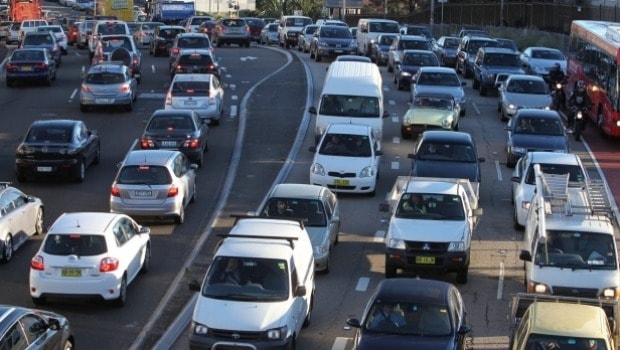
Once you decided to run with the idea of Carpool Club, how did you set about developing the application?
I’m not a developer and my IT skills are reasonably rudimentary. I’ve been working in marketing and in the past ten years I’ve seen how digital marketing has become so much more important within the marketing mix that any business needs to have.
In my last job I had a digital marketing team of two people. I sought advice from the digital marketing manager that had reported to me, about anyone she had worked with in the past who could develop apps. The initial person she gave me couldn’t help me but she nominated someone else.
I found a team which includes one guy based in Melbourne and a team of people based in Alexandria, Egypt. The team in Egypt has done the bulk of the development.
The first thing I did was scoping out exactly what was required, and then getting them to prepare a prototype to confirm they could deliver the sort of thing I was looking for.
That happened this time last year, and most of this year has been about refining the application and physically building the apps. We’ve had to build four apps altogether: a driver app and a passenger app, one each for Apple and Android.
How did you find the process of working across the Apple / Android platforms and what were the challenges?
It was very tricky. The hardest was with the Android operating system. There are so many different versions that are still operating, you can do testing that works fine on one version and then you do testing with another version and you find bugs and other issues. That’s quite challenging and isn’t such a problem with Apple as they lock down the number of versions to be functioning at any one time.
It’s really just the testing – you’ve got to test Apple to Apple, Apple to Android, Android to Android, Android to Apple. You are deliberately trying to break the apps to find bugs. Documenting it all in a way that the developers can understand exactly what it is you’re talking about is very time consuming.
When it came to developing the user experience, was that something your development team owned completely or did you get your hands dirty as well?
I would scope out in words what I was looking for, they would come back with a proposal in terms of icons and other features that delivered what they thought I meant and then it was an iterative process of saying ‘Yes that works, but maybe a little bit like this, or, that’s not what I mean, do it this way etc’
Using a development team based in a non english speaking country can present communication challenges. How did you find the communication with your team in Egypt?
Not too bad, their english is very good. We had a couple of Skype sessions, most of it’s done via email, they are very organised and systematic. I’ll send through a report with an itemised number of requests or issues, things that need fixing and they’ll respond back with comments and action items next to each point. That side of it has been pretty good.
Did you follow a traditional Waterfall methodology or a more modern Agile methodology to build your app?
It is an Agile methodology, breaking everything into sprints. Originally we had two major phases. Each phase had a number of subsets and within each of those were fortnightly sprints that the team worked on. They would get back to me with “we’ve done this”, I’d perform the testing and provide them the feedback and that seems to have worked pretty well.
The challenges there have been when there are operating system upgrades so what was working previously all of a sudden doesnt work so well and needs to be tweaked to account for the changes in the operating system.
After Phase 1, we had what the developers called a Minimum Viable Product which we could have gone to market with but I chose not to and instead focused on delivering some more functionality.
The CarPool Club app is currently on Android and IOS. Are you considering developing it for any other platforms?
We’re sticking to those two at the moment. From what I researched so far, between the two of them, they cover over 95% of smartphones in Australia. Apple is close to 55% and Android is around 40%. I think if we can get those working well, that will cover most of what I’m looking to do.
How are you planning to market your app?
Marketing has already started, I engaged a public relations firm to target traditional media and so far we got The Leader article through them, a piece on news.com.au, a piece in the Sydney Morning Herald, a number of radio interviews so I think you need a little bit of that to get you going.
We have a social media program, we’ve got a Facebook page, we’ve got an Instagram page, we’ve got a Twitter page.
We’re mainly focusing on Facebook at the moment. We’re targeting certain areas of Sydney where we’re looking to recruit drivers from and doing some paid boosts in those key areas. The Sutherland Shire is one of our target regions.
We’re working with a group in the Hills district called the “Hills District Mums” and there is also a “Northern Beaches Mums”. They’re two groups that have lots of members and although the Mums aren’t necessarily my target market, I think word of mouth works best when the person providing the advice has credibility and is respected and I think Mums are a good fit there.
I also got approached by Google; Google have a team that look at technology that they view has got high potential and so at the moment, it’s still very early stages but I am developing a plan with them that utilises their extensive resources and networks.
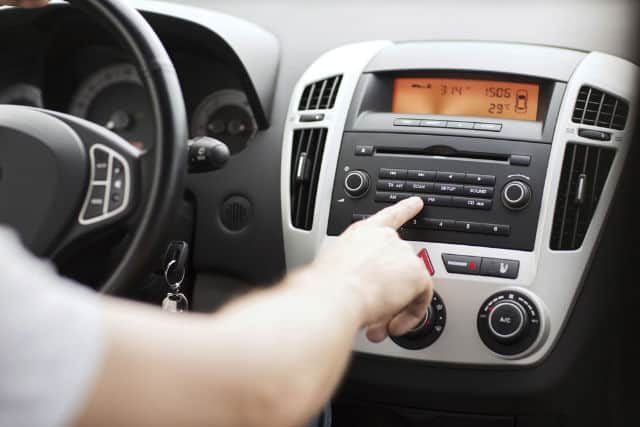
We’re looking at doing some radio advertising too with the idea of trying to reach the drivers when they’re in the car battling the traffic.
What advice do you have for anyone else out there that is looking to develop a service that’s served via smartphones?
“Be clear about what it is that you want to do. It’s one thing to talk about it but, when you have to write it down in a way that someone you’ve never spoken to about it can understand it, that becomes challenging. There’s no doubt that there’s a discipline involved in being able to do that but I think it certainly makes everyones life much easier when there’s a document that can be referred to.
The second major learning is that there’s some things that, even when you think you’ve thought the whole thing through, you don’t realise are going to be necessary until it starts to evolve. There has been scope creep with functionality from what I originally thought we were going to need, because, once we started working with it, it became obvious that some things that hadn’t been foreseen had to be added to the end product for it to work. You’ve got to allow for that.
It’s a little bit “how long is a piece of string”. You can do your best to estimate that it’s going to be a certain length, but I would suggest, almost always, it’s going to be a bit longer than you originally thought. You just have to be happy if it’s still in the ballpark.
If you could do it all over again, what would you do differently?
I underestimated the difficulty of tracking down the right people within government to speak to. Early on I approached my local state MP, Mark Coure, who loved what I was doing.
I put approaches into Transport for NSW but I probably didn’t put as much effort into finding who the key people were within Transport NSW who dealt with carpooling. By the time I found the right people, I realised that they had an initiative to promote carpooling which had been going on earlier this year that I wasn’t aware of. I missed an opportunity to be a part of that which would have been quite advantageous. I was talking to lots of people but perhaps not the right people and sometimes that just requires perseverance and not taking no for an answer.
TechSolvers would like to thank Peter for sparing us time to talk and for “having a crack’ at solving Sydney’s traffic troubles. The more of us that commit to making Sydney a better place to live, the better it is for all of us.
Carpool Club is looking for drivers to register in the Sutherland Shire area.
If you want to do your bit to help solve Sydney’s traffic problems, head over to the Carpool Club website, familiarise yourself with the process / terms and conditions and download the Driver app and register. The Passenger app will become available when Carpool Club has signed up 1,000 drivers in greater Sydney.
You can find Carpool Club on Facebook, Twitter and Instagram.
Carpool Club can be downloaded for free at the Apple App Store and the Google Play Store.
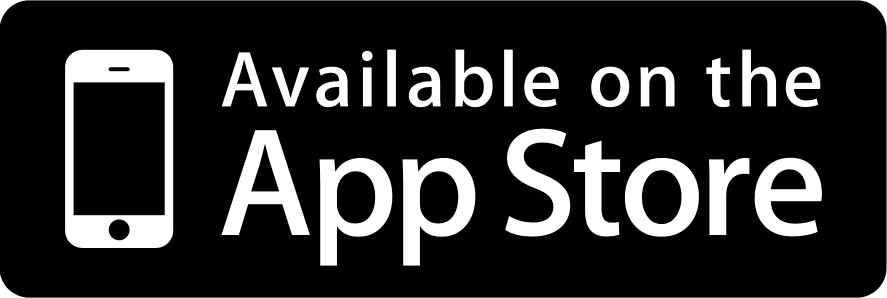

TechSolvers wants to help publicise Sutherland Shire & St George technology achievements
Are you or do you know someone currently developing an exciting smartphone app in the Sutherland Shire or St George area?
We’d love to hear from you so drop us a message via our contact form and we’ll be in touch.
